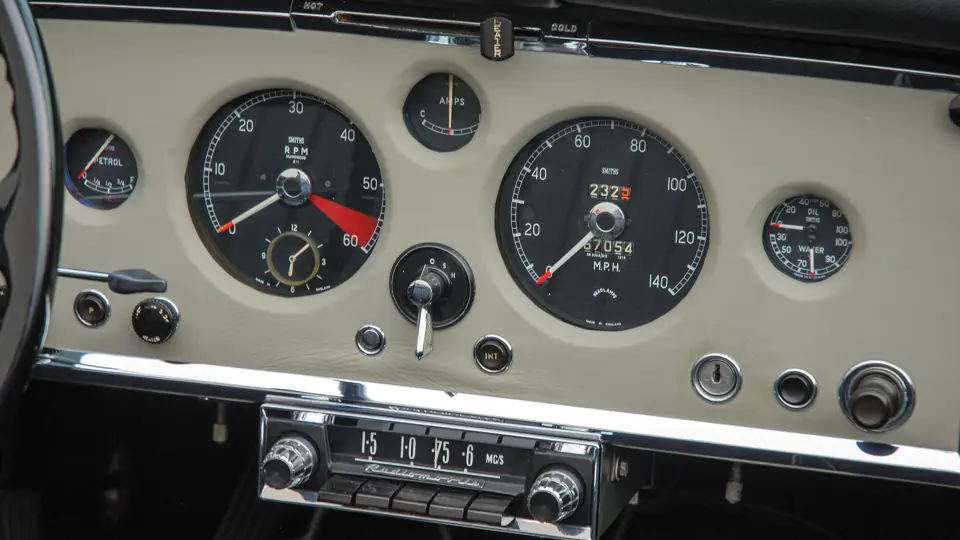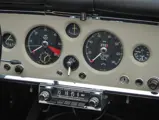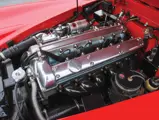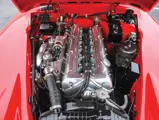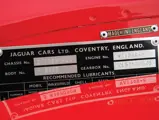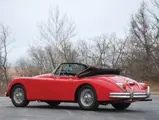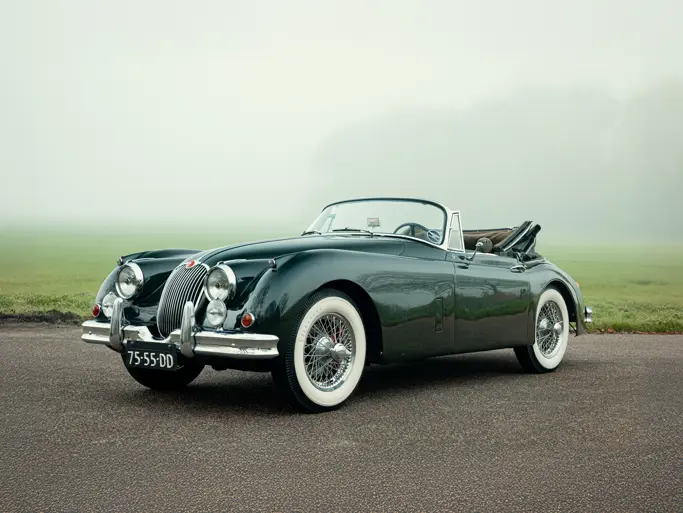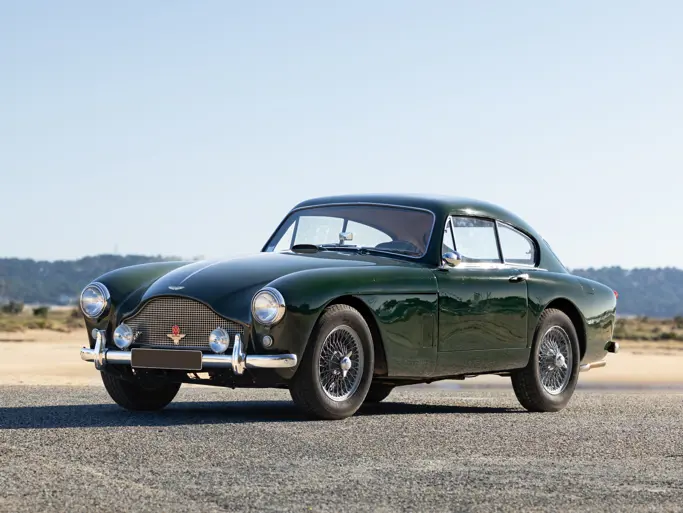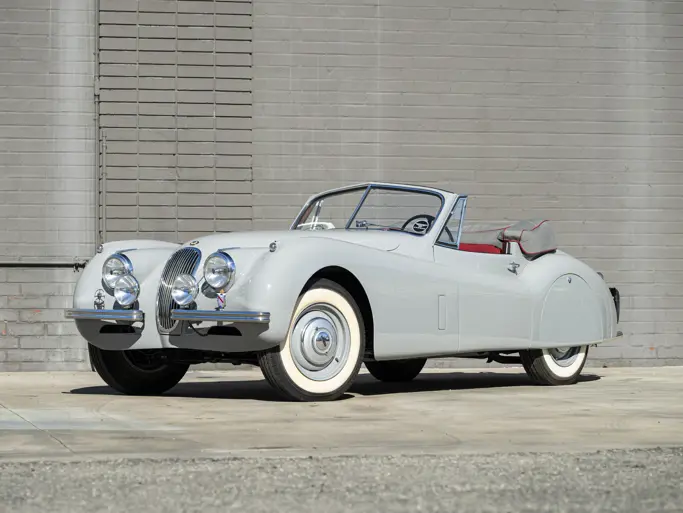
1961 Jaguar XK 150 3.8-Litre Drophead Coupe
{{lr.item.text}}
$192,500 USD | Sold
{{bidding.lot.reserveStatusFormatted}}
- One of 268 XK150 3.8-liter Drophead Coupes produced with a manual transmission
- Features desirable optional overdrive
- Consistent JCNA 99+ point award winner
- Includes a Jaguar Daimler Heritage Trust Certificate
220 bhp, 3,781 cc DOHC inline six-cylinder engine with twin SU carburetors, four-speed manual transmission with electric overdrive, torsion bar independent front suspension, live rear axle with semi-elliptic leaf springs, and four-wheel hydraulic disc brakes. Wheelbase: 102 in.
The XK150 was introduced in mid-1957 as Jaguar’s response to the growing U.S. demand for more comfortable and refined sports cars. The XK150 was the final iteration of Jaguar’s XK-series, and it featured higher front fenders, a wider grille, a curved one-piece windshield, and, perhaps most significant, Dunlop disc brakes at all four wheels.
A drawing of the new equipment took center stage in the XK150 brochure, and as Jaguar exclaimed, “[It was] the greatest technical advance of all…immensely powerful yet smooth-acting disc brakes on all four wheels bringing power to stop, swiftly and surely, without the slightest loss of efficiency, even after repeated applications from high speed.”
Jaguar was justifiably proud, and along with that, they became the first manufacturer to offer four-wheel disc brakes on a series-production car.
Although the XK150 was only initially offered in fixed head and drophead coupe versions, a roadster arrived 10 months later, in March 1958, to complete the lineup. Despite being a bit heavier than its predecessors, the car remained a capable performer. The 150 proved to be the most popular XK of all, with nearly 9,400 built until 1961, including 2,673 drophead coupes, like this example. Roughly 75 percent of the cars were exported, proving the ever-increasing importance of the U.S. and other markets to Jaguar. The XK150 left production in 1961 to make way for the all-new E-Type.
This late-production XK150 is, without question, the ultimate expression of performance of Jaguar’s renowned XK-series, as it incorporated virtually every development and improvement that had been discovered in the more than 10 years of its production. Most important is the added horsepower and performance of the 220-horsepower version of the venerable Jaguar 3.8-liter straight-six, along with the optional ($165.00) overdrive transmission, which makes for comfortable highway cruising.
This example is finished in an eye-catching red with a black leather interior and black hood, and it is equipped with chrome wire wheels, Dunlop tires, Euro headlights, fog lights, and a period-correct Radiomobile AM/FM radio. The tool kit and original owner’s manual are included with the car, and perhaps most importantly, it is fitted with the desirable factory overdrive and four-speed manual transmission. In addition, it is a matching-numbers example, as evidenced by its Jaguar Daimler Heritage Trust Certificate, which confirms its chassis, engine, and body numbers, and it is today as it was originally delivered. The certificate notes that the car was manufactured on April 21, 1960, and dispatched on May 2 of that year to Jaguar Cars of New York, where it was sold to its first owner.
The car was restored to an incredibly high standard in the 1990s, and it has been shown extensively throughout that decade at Jaguar Club of North America events, oftentimes earning a near-perfect score. The numerous JCNA scoring sheets, along with photos of the restoration, are available for inspection and are included in the sale.
This XK150 was acquired by the consigner from the owners who restored the car, and it has been pampered and properly maintained during the nearly two decades of their ownership. This car is a proven winner, with several 99+ point JCNA scores, and it still presents beautifully, which is a testament to the quality of the restoration and the care lavished upon it during the prior owner’s stewardship.
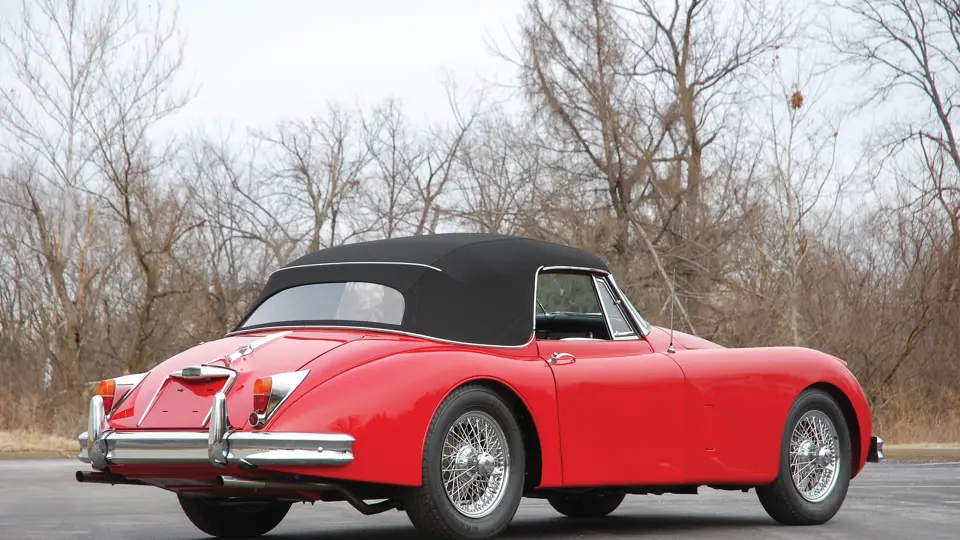




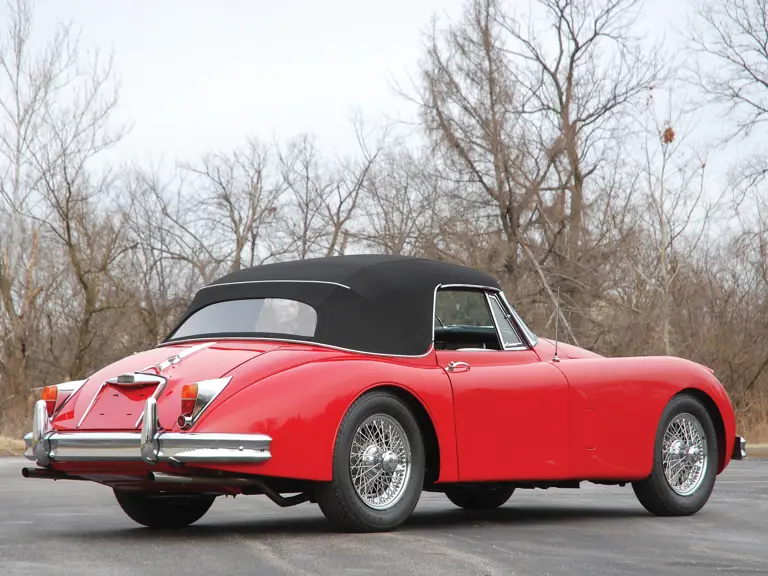
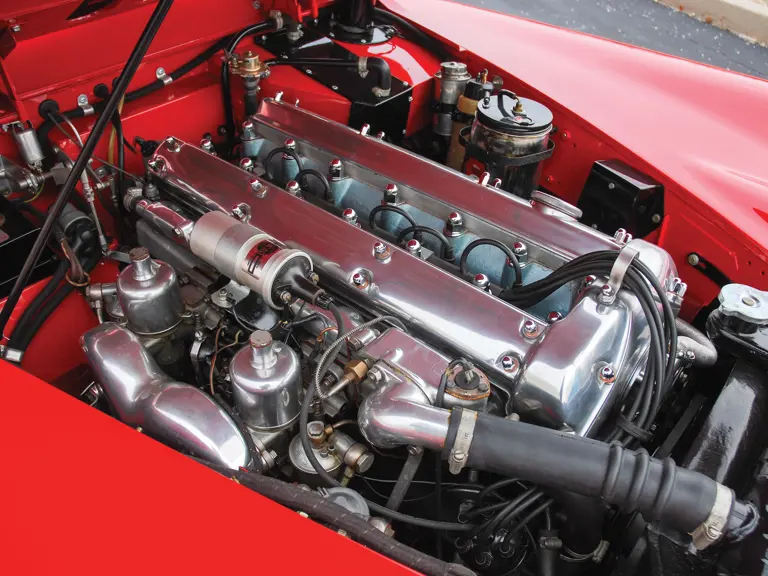
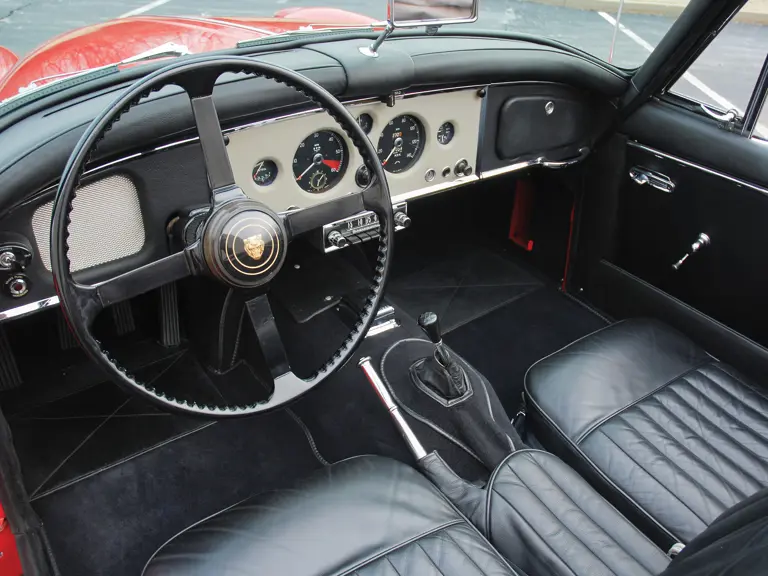
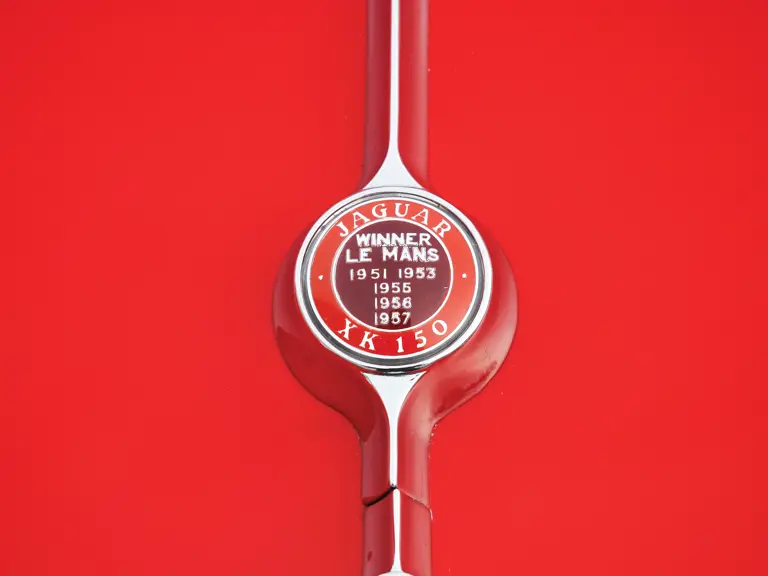
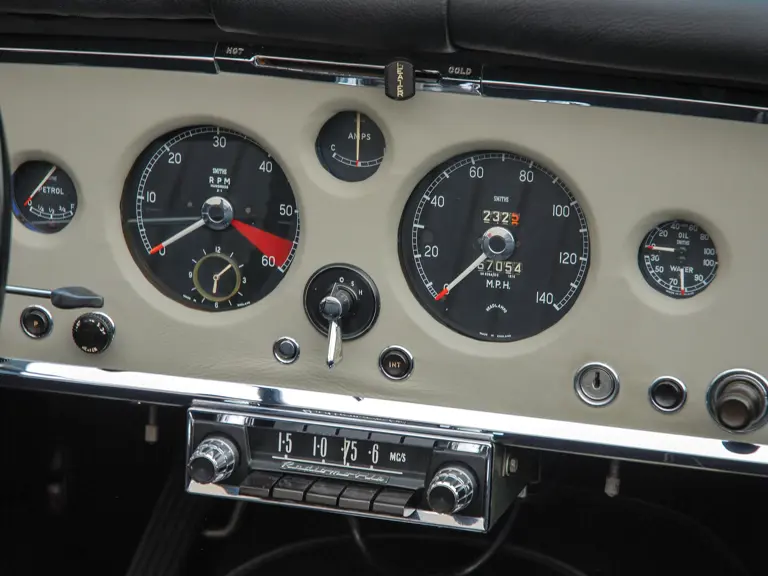
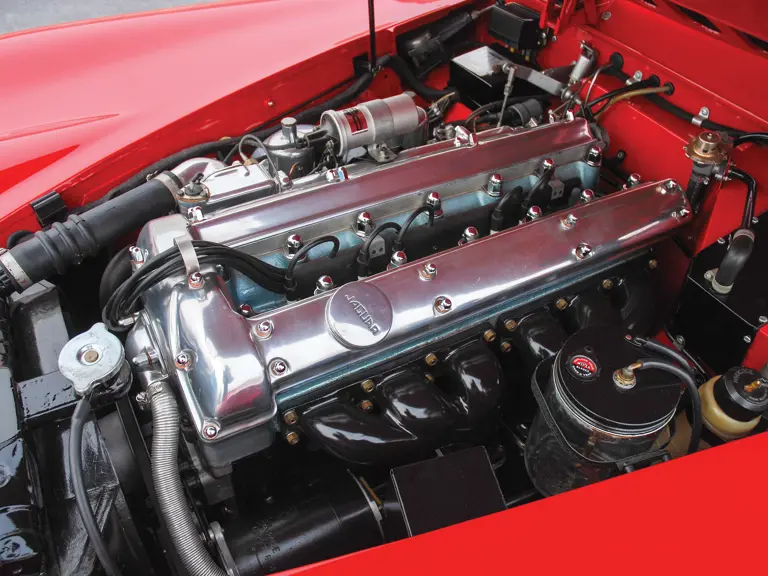


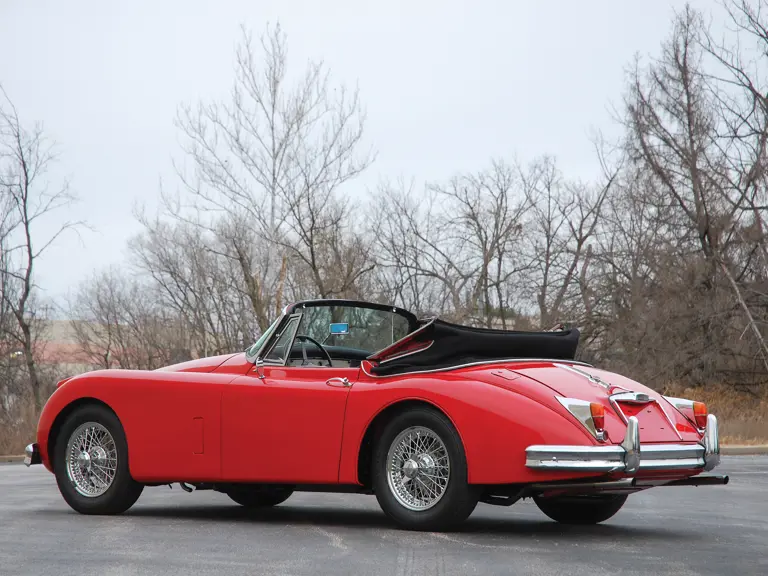
 | Amelia Island, Florida
| Amelia Island, Florida

